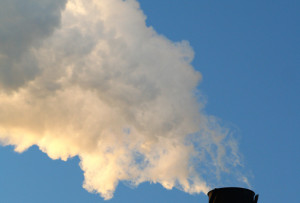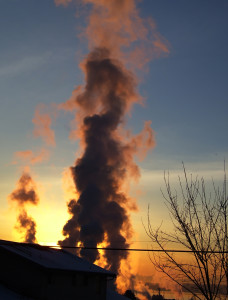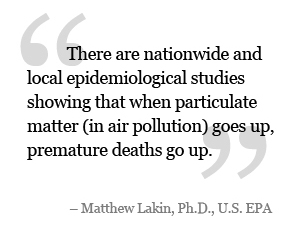Catalytic Wood Stoves Shown to Increase Dioxin Emissions
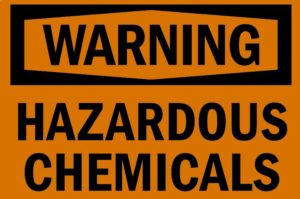 People buy EPA-certified wood stoves with the expectation that they’ll reduce air pollution. Ironically, they may be doing the exact opposite.
People buy EPA-certified wood stoves with the expectation that they’ll reduce air pollution. Ironically, they may be doing the exact opposite.
A study by Finnish researchers published in the scientific journal Chemosphere found that a wood stove with a catalytic converter emits much higher amounts of highly toxic dioxins and furans than one without a catalytic converter. The study’s authors conclude their article with the warning, “…the usage of platinum and palladium based catalytic converters to reduce emissions from RWC [residential wood combustion] should be critically evaluated before wide-range utilization of the technology.”
Unfortunately, this warning has gone unheeded: While catalytic converters have historically been used in some EPA-certified wood stoves in order to reduce fine particle pollution, the EPA’s new wood stove standards, which are more stringent, are expected to drive more manufacturers to use catalytic technology.
The Finnish study burned birch logs in a wood-fired stove with and without a catalytic converter that used palladium and platinum as catalysts and analyzed dioxin/furan, chlorophenol, and PAH (polycyclic aromatic hydrocarbon) production during combustion.
What they found was shocking: although PAH emissions were 24% lower when the catalytic converter was used, the chlorophenol emissions were 430% higher and the dioxin/furan emissions were a whopping 870% higher.
Dioxins are some of the most toxic chemicals known to science and are a potent carcinogen. In addition to cancer, exposure to dioxins can result in birth defects, immune system impairment and reproductive and developmental problems. Notably, threats to human health occur at extremely low levels of exposure to dioxins.
The study exposes a glaring omission in the EPA standard: while EPA-certified wood stoves are tested and certified for particle pollution emissions, they are not tested for the other highly toxic substances they produce, including formaldehyde, benzene, dioxins, and polycyclic organic matter.
Due to active lobbying by the hearth products industry, government agencies have been using public funds to subsidize sales of EPA-certified wood stoves in an effort to reduce fine particle pollution. Studies about changes in air quality following these wood stove changeouts show that these programs did not improve air quality as expected and do not provide justification for further public funding.
In light of the findings of the Finnish study, an even more sinister picture emerges: wood stove changeouts could be more than just ineffective—they could, in fact, make air pollution far more hazardous.





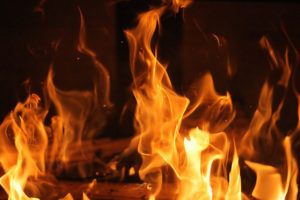 Tucked away on page 102 of a
Tucked away on page 102 of a 